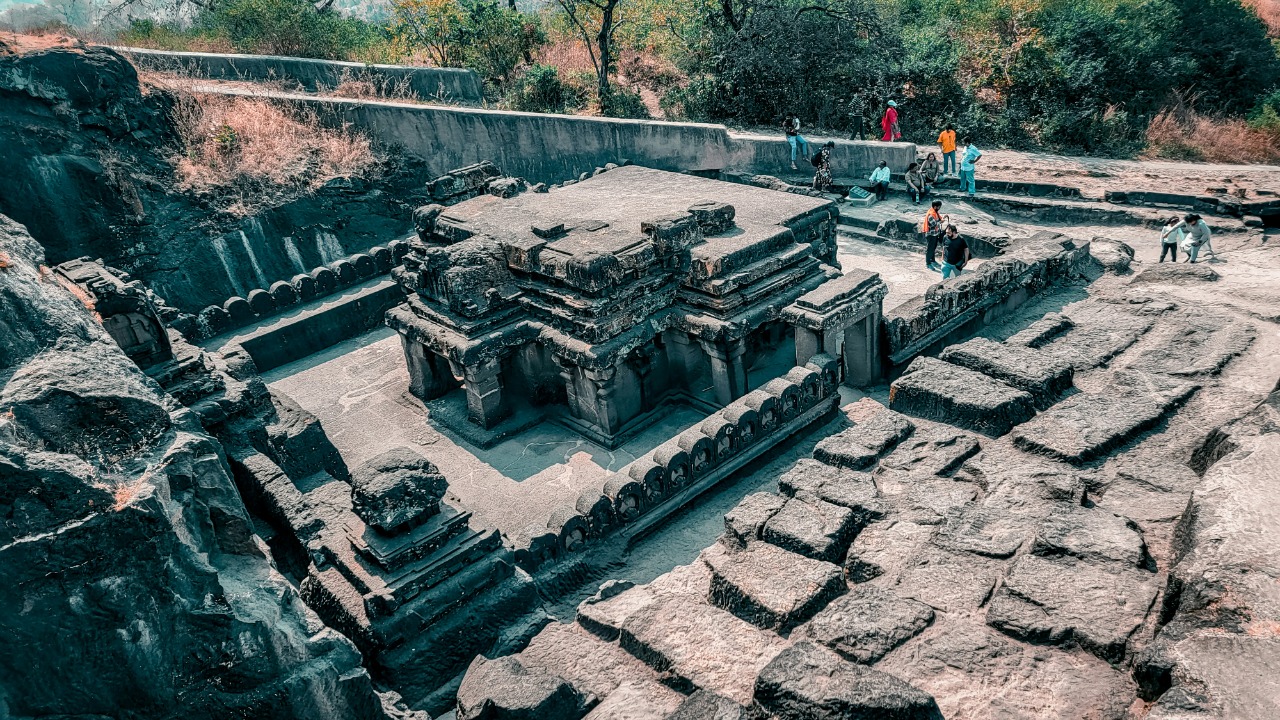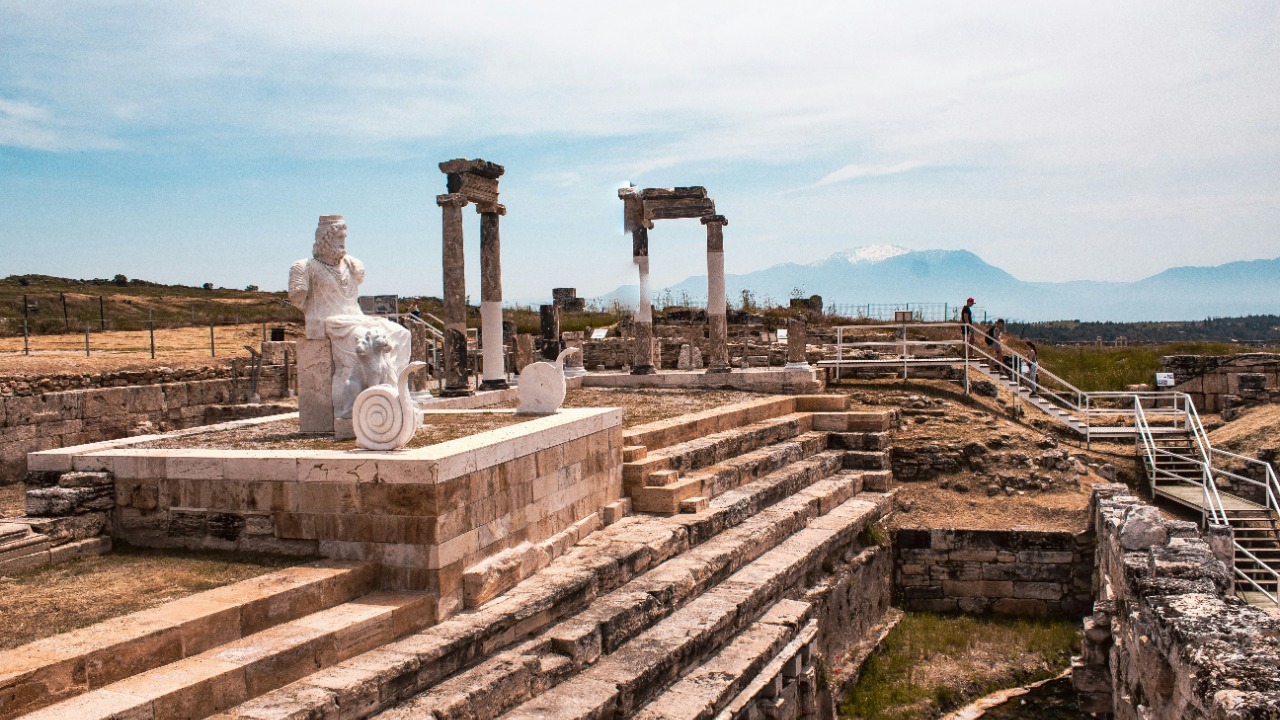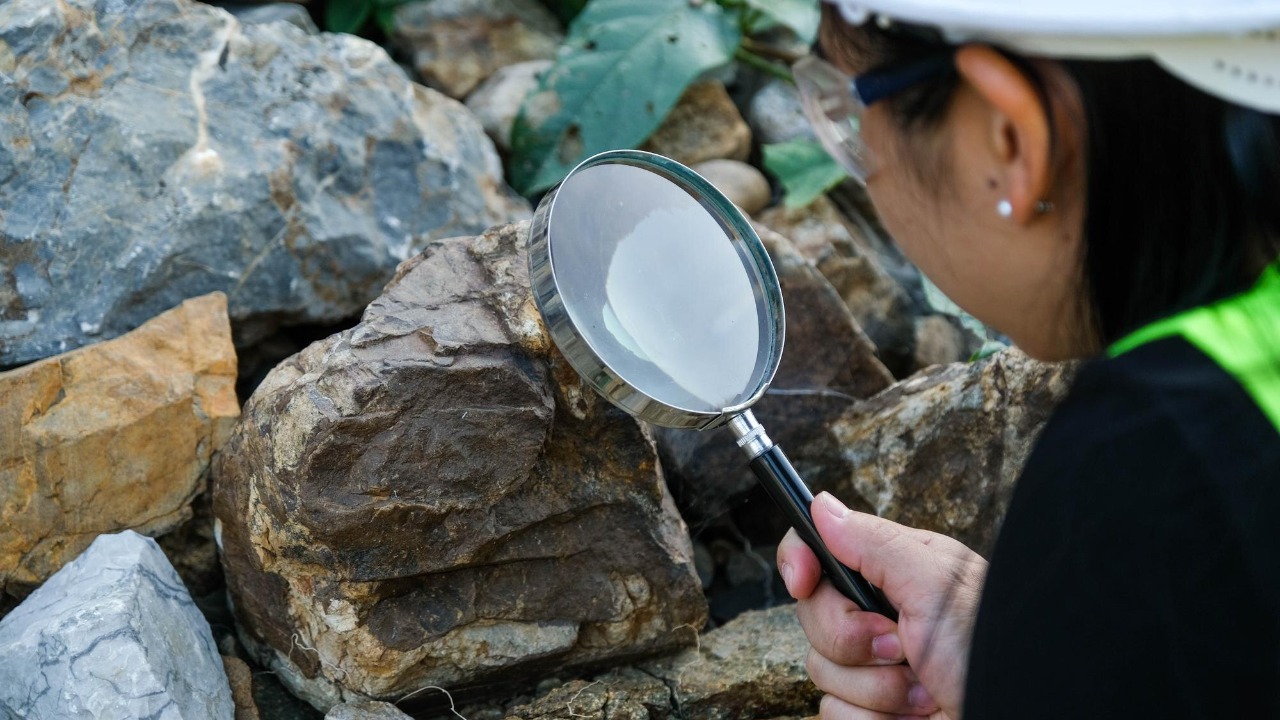
Archaeologists in Turkey have unearthed a 6,000-year-old temple featuring a unique “blood channel,” sparking intrigue and raising questions about ancient rituals. Nestled in the historical region of Anatolia, this discovery is shedding light on the religious practices of early civilizations. The site offers a glimpse into the spiritual and cultural life of the people who once inhabited this area.
Historical Context of the Region

Anatolia, known today as Asia Minor, has long served as a crossroads for various civilizations. Its strategic location between Europe and Asia made it a melting pot of cultures, languages, and religious beliefs. From the Hittites to the Byzantines, many powerful empires have left their mark on this region, contributing to its rich tapestry of history.
Temples in Anatolia were not mere places of worship; they were central to the political and social life of the communities. These sacred spaces often influenced neighboring cultures, spreading religious ideas and practices across borders. As societies transitioned from the Neolithic period to more complex social structures, the role of temples evolved, reflecting changes in religious and societal norms.
Details of the Discovery

The newly discovered temple in Turkey is a remarkable example of ancient architecture. Its layout includes a central altar, surrounded by various chambers and a distinctive “blood channel” that has captivated archaeologists and historians alike. The channel, believed to have been used in rituals, provides a unique glimpse into the ceremonial practices of the time.
Initial reactions from experts suggest that this temple may have served as a focal point for religious ceremonies, possibly involving sacrifices. Comparisons with other archaeological finds in the region, such as those documented in the Arkeo News, highlight the significance of such structures in understanding the spiritual life of ancient Anatolians.
The ‘Blood Channel’ and Its Implications

The “blood channel” is a feature that has sparked numerous theories regarding its purpose. Some researchers propose that it was used for ritualistic purposes, possibly involving the sacrifice of animals or even humans. The channel’s design suggests a sophisticated understanding of engineering, allowing liquids to flow seamlessly through the temple’s chambers.
Theories about the channel’s purpose are varied, but it undeniably offers insights into the beliefs and practices of the temple’s builders. This discovery contributes significantly to our understanding of ancient rituals, shedding light on the potential use of sacrifices or purification ceremonies in the spiritual life of early societies.
Cultural and Religious Significance

The temple’s discovery provides valuable insights into the religious life of the ancient inhabitants of the region. It is believed that the people worshipped a pantheon of deities, each associated with different aspects of life and nature. The temple likely played a central role in community life, serving as a place of worship and a hub for social and political gatherings.
Religious sites such as this temple not only reflect the beliefs of ancient civilizations but also influence contemporary views on the past. Understanding the cultural and religious significance of such sites helps us appreciate the complexities of ancient societies and their lasting impact on modern cultures.
Future Research and Exploration

Ongoing archaeological work aims to further investigate the temple and its surroundings. Researchers are hopeful that additional artifacts or structures will be uncovered, providing more context about the temple’s purpose and the people who built it. These efforts are crucial for unraveling the mysteries of ancient Anatolia and its role in the broader tapestry of human history.
Preserving such sites is of utmost importance, especially in the face of modern threats such as urbanization and looting. The challenges of protecting these invaluable resources are significant, but the potential rewards in knowledge and cultural preservation are well worth the effort. Future studies promise to deepen our understanding of ancient civilizations and their enduring legacies.